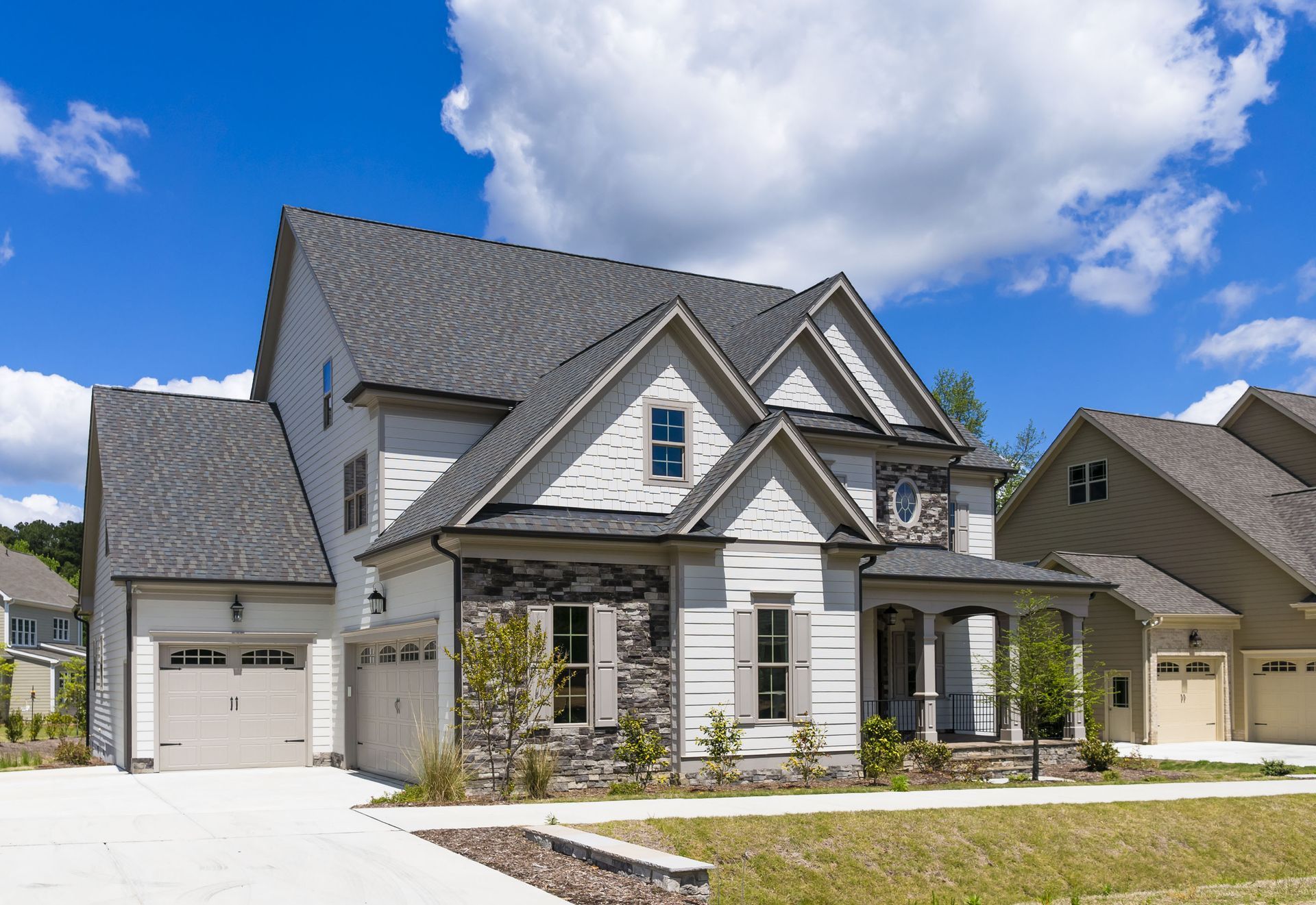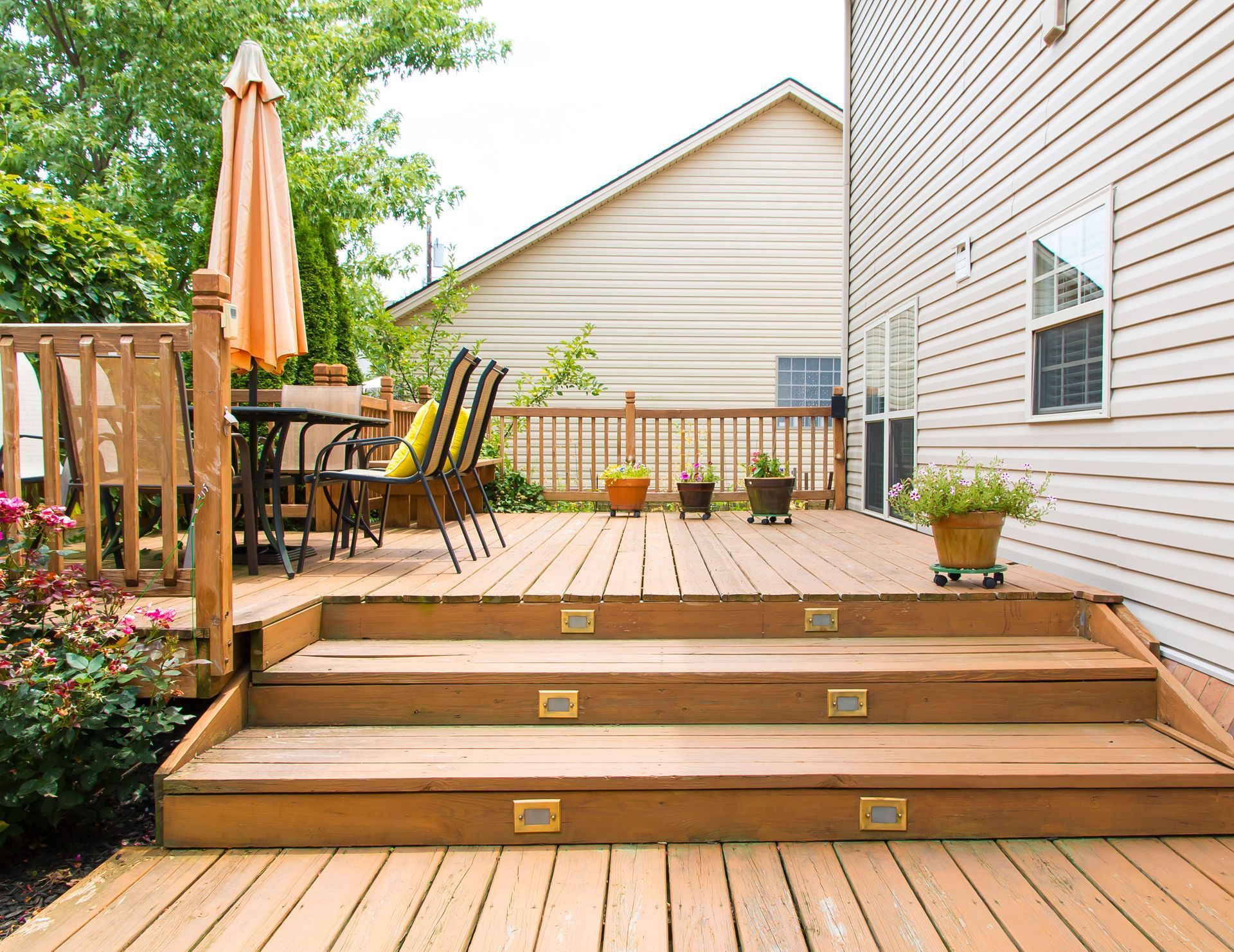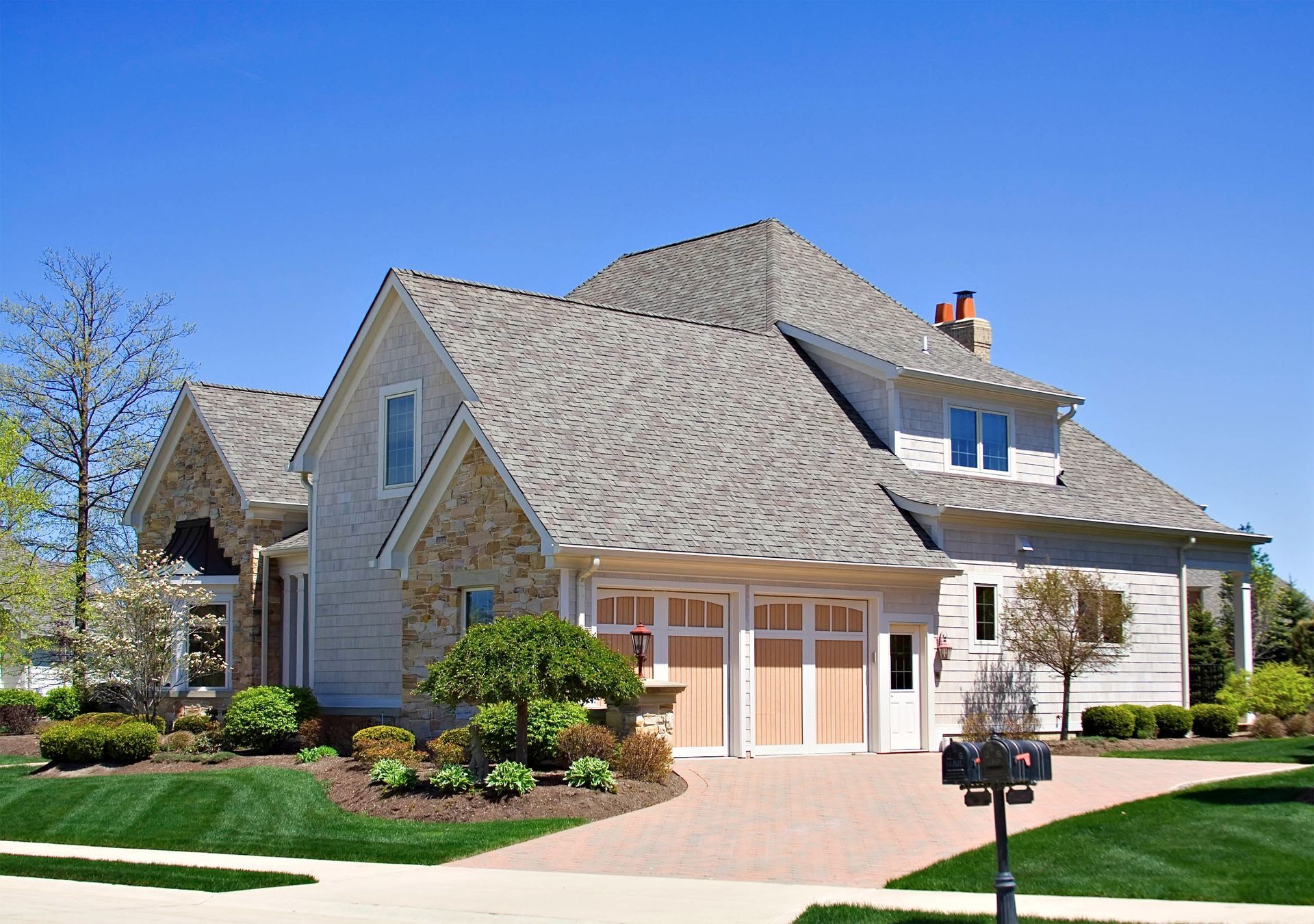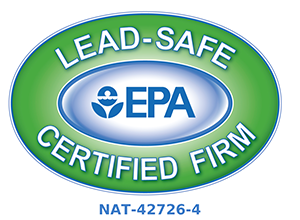November 13, 2025
Your home's roof and siding do more than just define its appearance—they protect everything inside from harsh weather, moisture, and daily wear. Many homeowners don't realize how much regular care and professional guidance go into keeping these systems performing their best. Whether you're planning a replacement, repair, or new installation, understanding the essentials can save you time, money, and stress.
In this article, we'll share the most important things roofing and siding contractors want homeowners to know before, during, and after a project.
1. Quality Materials Make All the Difference
The longevity and performance of your roof and siding depend heavily on the materials you choose. Contractors often emphasize investing in higher-quality products because they provide better insulation, durability, and aesthetic appeal. According to This Old House, a new roof can last anywhere from 20 to 150 years, depending on materials and maintenance. That's a wide range, and choosing premium materials ensures your investment stands the test of time.
Roofing shingles, metal panels, fiber cement, and insulated vinyl siding each come with their own lifespan and maintenance needs. While cheaper materials may seem appealing upfront, they often lead to higher repair and replacement costs later. Reliable roofing and siding contractors can help you understand the differences and recommend materials that match your climate, style, and budget.
2. Proper Installation Is Just as Important as the Product
Even the most durable materials can fail if installed incorrectly. Experienced contractors know that precision matters, from securing shingles to aligning siding panels. A single mistake can lead to leaks, moisture buildup, or reduced energy efficiency.
Professional installers follow manufacturer guidelines and local building codes to guarantee long-term performance. They also use specialized equipment, sealants, and flashing techniques that prevent water intrusion. When hiring a contractor, always verify that they are licensed, insured, and have strong references. This not only protects your property but also ensures your project meets warranty requirements.
3. Regular Maintenance Prevents Major Repairs
Your roof and siding face constant exposure to the elements, including sun, rain, snow, and wind. Over time, even the toughest materials will need attention. Contractors recommend inspecting your roof and siding at least twice a year, ideally in spring and fall, to catch minor issues before they become costly repairs.
Look for cracked shingles, warped panels, missing flashing, or mold growth. Cleaning your gutters regularly also helps water flow away from the roofline and siding, reducing the risk of leaks or rot. For safety and accuracy, schedule a professional inspection. Seasoned roofing and siding contractors can identify subtle damage that's easy to miss from the ground.
4. Weather and Timing Affect Your Project Schedule
Homeowners are often surprised to learn how much weather impacts construction timelines. Extreme temperatures, high humidity, or heavy rain can delay installation or compromise the quality of the work. Roofing shingles, for example, require mild conditions to seal properly, while siding adhesives and paints perform best in moderate temperatures.
Most contractors plan major exterior projects during spring, summer, or early fall to avoid weather-related issues. However, reputable companies stay flexible and monitor forecasts closely. Communicating with your contractor about ideal scheduling ensures you get the best results without unnecessary delays.
5. Energy Efficiency Starts with Your Exterior
A well-maintained roof and siding system does more than keep you dry—it also improves your home's energy efficiency. Properly installed insulation and ventilation help regulate indoor temperatures, reducing heating and cooling costs year-round. Many homeowners notice significant savings after upgrading outdated materials.
Contractors often recommend reflective roofing or insulated siding to minimize heat transfer. Combined with high-quality windows and adequate attic ventilation, these upgrades create a more comfortable living environment. Energy-efficient materials may also qualify for tax credits or rebates, adding even more value to your investment.
6. Not All Damage Is Visible from the Ground
What looks fine from your driveway might be hiding serious problems. Water intrusion, rotted sheathing, or trapped moisture behind siding can remain undetected until major damage occurs. That's why professional inspections are crucial—even if your roof or siding “looks fine.”
Experienced contractors use infrared scanners, moisture meters, and drone technology to assess problem areas without tearing into your home's structure. Early detection can prevent issues like leaks, insulation damage, and mold growth, saving thousands in repairs. If you've experienced recent storms, high winds, or hail, scheduling a professional evaluation is always a smart move.
7. DIY Repairs Can Lead to Bigger Problems
It might be tempting to patch a loose shingle or replace a piece of siding on your own, but improper techniques often cause more harm than good. Roofing and siding systems are intricate, with layers of materials designed to work together. Missing one small detail—like overlapping seams correctly or sealing nail holes—can result in leaks and structural issues later.
Professional contractors not only have the training to perform repairs safely but also understand how to preserve warranties. Attempting DIY fixes could void coverage on your materials or labor, leaving you unprotected. For peace of mind, always call a qualified professional for even small repairs.
8. Ventilation and Drainage Are Often Overlooked
Good airflow and drainage are essential to a long-lasting exterior. Without proper ventilation, heat and moisture can accumulate in your attic, damaging insulation and shortening the lifespan of your roof. Similarly, clogged or misaligned gutters can cause water to pool near your siding and foundation, leading to rot or structural deterioration.
Many homeowners don't realize how interconnected these systems are. During your next inspection, ask your contractor to evaluate your ventilation, gutters, and downspouts. Small upgrades, like installing ridge vents or seamless gutters, can make a big difference in protecting your investment.
9. Siding Color and Style Affect More Than Curb Appeal
Choosing the right siding color isn't just about aesthetics—it can influence temperature regulation and property value. Light-colored siding reflects sunlight, helping keep interiors cooler in warm climates. Darker shades, meanwhile, absorb heat, which may benefit homes in colder regions.
Contractors also remind homeowners to consider material texture and architectural style. Horizontal lap siding gives a traditional look, while vertical panels or board-and-batten designs offer a modern touch. Selecting complementary trim, fascia, and roofing colors ties the whole exterior together for a cohesive, polished appearance.
10. Regular Cleaning Extends the Life of Your Exterior
Dirt, algae, and mildew can build up on your roof and siding over time, leading to discoloration and premature wear. Routine cleaning preserves both appearance and functionality. Contractors typically recommend gentle washing once or twice a year, depending on your environment.
Avoid pressure washers unless guided by your contractor—too much force can loosen shingles or damage siding seams. Instead, use a mild detergent, soft brush, and garden hose for siding, and rely on professional roof cleaning services for safer, more effective results. Keeping your exterior clean not only enhances curb appeal but also helps identify minor issues early.
11. Storm Damage Isn't Always Immediate
After severe weather, damage can take weeks or even months to reveal itself. Wind can lift shingles, loosen nails, or crack siding without causing visible leaks right away. Over time, those small vulnerabilities allow water to seep in, leading to rot, mold, or insulation damage.
That's why many roofing and siding contractors offer post-storm inspections. They check for subtle signs like lifted edges, dented flashing, or hidden moisture. Documenting any findings quickly also helps with insurance claims, ensuring you receive fair compensation for necessary repairs.
When it's time to repair, replace, or upgrade, trust experienced roofing and siding contractors who prioritize precision, communication, and long-term performance. Ready to protect and enhance your home? Contact Eagle Siding, Inc today to schedule an inspection and take the first step toward a stronger, more beautiful exterior.








